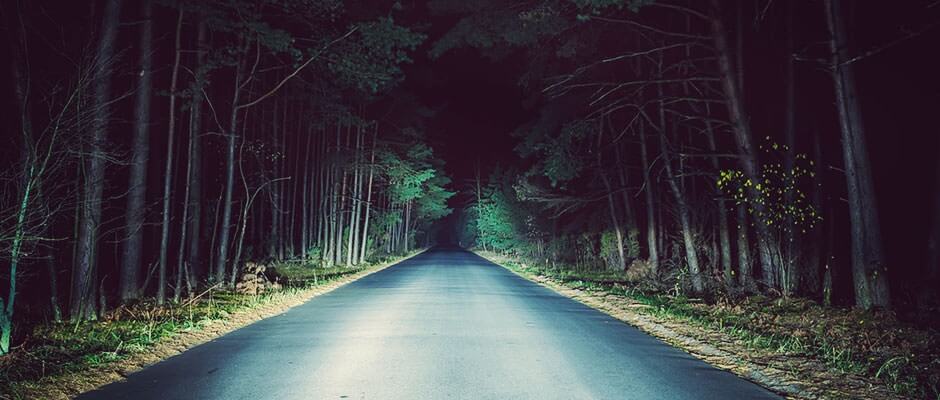Driving at night can be a shock to newly qualified drivers who are not used to the conditions, and also more experienced drivers who can take time to adapt. There are things you can do to help make driving at night a safer and more pleasant experience.
Why is driving at night more dangerous?
The most obvious danger of driving at night is decreased visibility. It’s more difficult to see other road users, and it also takes time for the eyes to adjust to the darkness.
Another issue is fatigue; driving at night means that you, and other road users are more likely to be tired and this reduces reaction time, alertness and concentration. Find out more about driving when tired here.
At insurethebox we reward safe driving, and one of the criteria we look at when awarding Bonus Miles is the time of day of you drive; our records show that accidents are much more likely to happen after 10pm, with 11pm-4am being the most risky. Avoiding driving at these times will reduce your risk of having an accident.
Lighting requirements
As stated in The Highway Code, it’s illegal to drive at night without working front and rear lights.¹ Here, ‘night’ is defined as the hours between sunset and sunrise.
Check that both your front and back headlights are working by either using the reflection off other vehicles or by asking a friend to help you. Also remember to keep them clean, otherwise they won’t be as effective.
When driving on unlit roads where you cannot see any other traffic, turn your headlights on full beam. If you see another vehicle, cyclist or pedestrian approaching, you should switch to dipped headlights to avoid dazzling other road users.²
To prevent yourself getting ‘dazzled’ by oncoming vehicles, don’t stare directly into their headlights and if you think you’re likely to be dazzled then slow down.
Brake lights can also cause dazzle. Try not to keep your foot on the brake pedal if you’re queuing in traffic – put the handbrake on if you know you’ll be there a while. The only exception here is in foggy conditions.

Top tips for driving at night
- Reduce your speed when visibility is reduced, especially if the weather is poor.
- Look out for cyclists without lights or high-vis gear, and pedestrians who may be wearing dark clothing.
- Try to avoid driving at night where possible – getting the train or bus may be a safer option. However if it’s unavoidable, plan the journey in advance and make sure that you are well-rested.
- If you’re a newly qualified driver, consider taking a Pass Plus course as it includes a night driving section.
Remember…
You don’t have to wait for night time before you turn on your headlights. If light levels dip and you’re struggling to see ahead of you, turn on your lights whatever the time of day.
[1] [2] https://www.gov.uk/general-rules-all-drivers-riders-103-to-158/lighting-requirements-113-to-116
